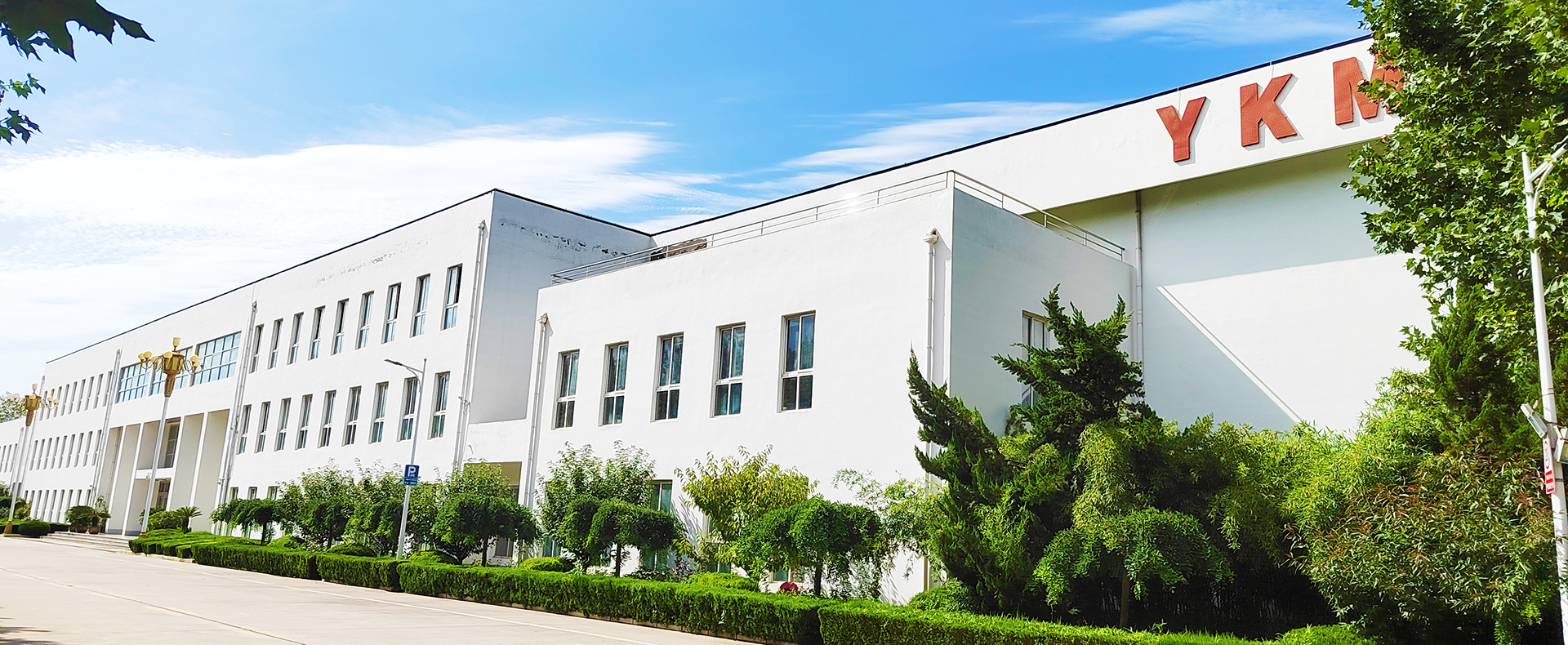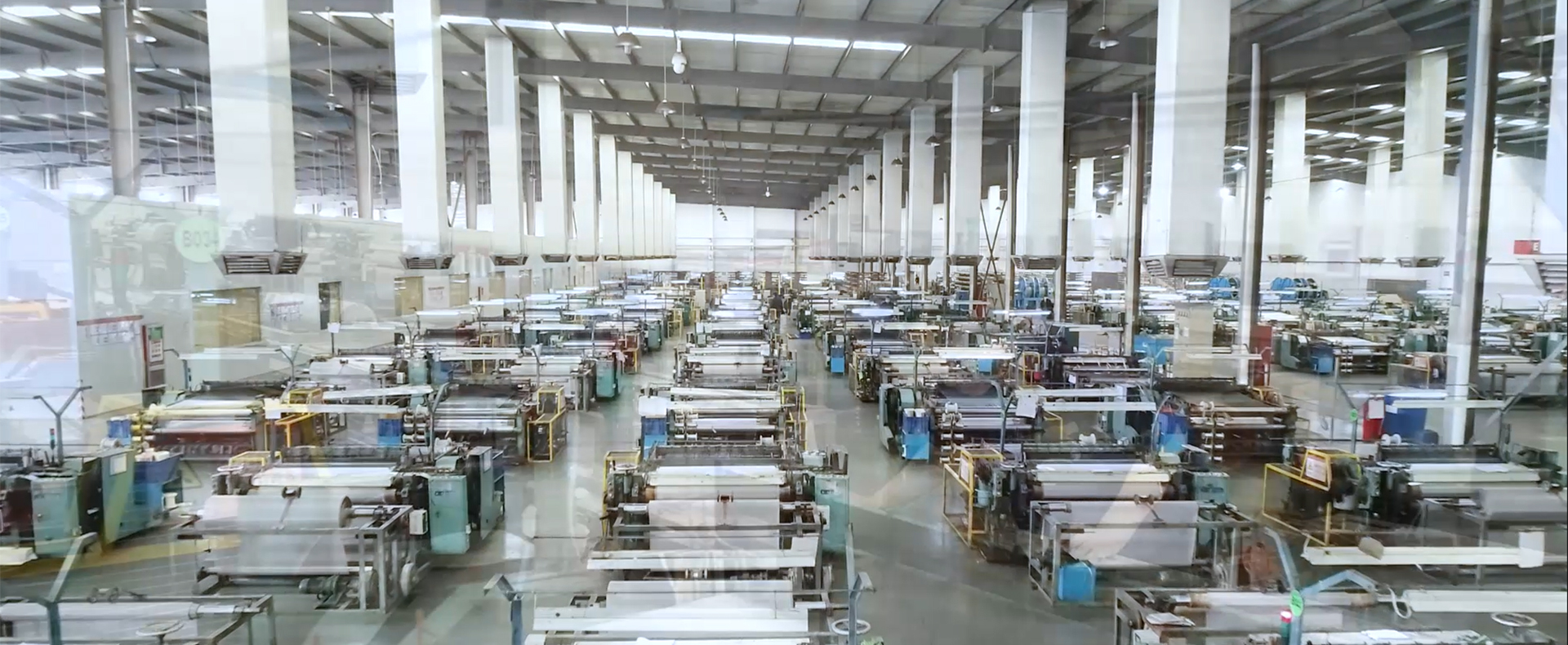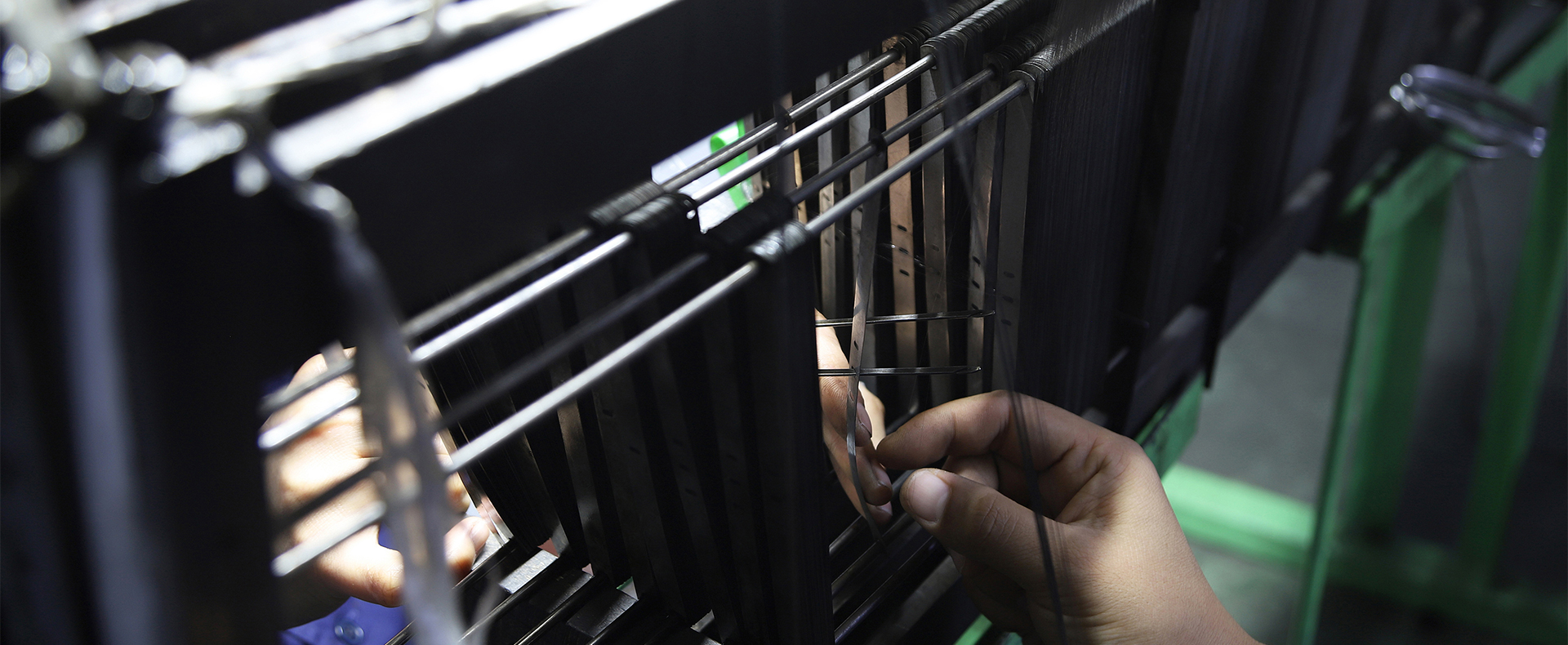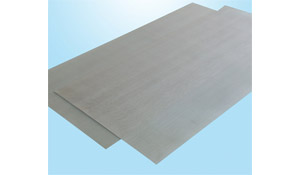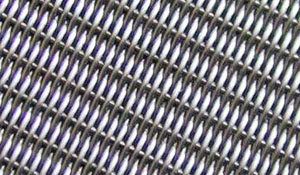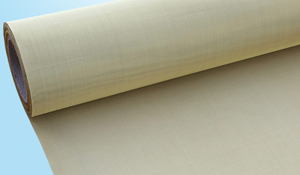Why Does the Stainless Steel Filter Element Have White Spots?
Dec. 17, 2020
As a Stainless Steel Wire Mesh Supplier, share it with you.
The stainless steel filter element has very good filtration performance, and can exert uniform surface filtration performance for the filter particle size of 2-200um. The main filter material adopts multi-layer stainless steel sintered mesh, and the filtration accuracy is 0.5-200um. The user requires processing.
Nickel Mesh
Why do stainless steel products have white spots?
The appearance of the white spots is the result of the hydrogen absorbed in the molten steel during the steelmaking process being released during the solidification of the ingot. Because steel ingots and steel castings have many large pores that can contain air, hydrogen precipitation will not cause great internal stress.
is not sensitive to white spots. After forging, the interior of the forging is compacted, and the larger pores that can hold air are forged. During the cooling process, the precipitated hydrogen atoms combine with molecules (or react with carbon in the steel to form methane CH4) at some microscopic voids inside the forging, and generate considerable pressure (when the mass fraction of hydrogen in the steel is 0.001 %, at 400°C, this pressure can reach more than 1200Pa), expand the metal, produce cracks and expand.
White spots are also called hydrogen embrittlement, which is the main defect of large forgings, which mostly occurs in forgings of medium carbon alloy steel (martensitic steel and pearlitic steel). The larger the forging size, the easier the white spots are to form.
Special attention should be paid when forging large steel forgings sensitive to white spots, especially forgings such as rotors and impellers in power stations. The white spot is characterized by a round or elliptical silver spot with a diameter of several to tens of millimeters on the longitudinal fracture. There is no plastic deformation in the vicinity of the white spot. The fissure source is a smooth circular area, parallel to the axis.
The formation of white spots is related to stress. Internal stress occurs when austenite transforms into martensite and decomposes into pearlite. Ferritic steel and austenitic steel have no phase transformation during cooling and no structural stress, so white spots generally do not appear.
Leeburite steel has a large structural stress when it is cooled, but since gas forms stable oxides and complex carbides in these steels, which hinder the precipitation of hydrogen, etc., white spots are not produced.
Our company also has Nickel Mesh on sale, welcome to contact us.







